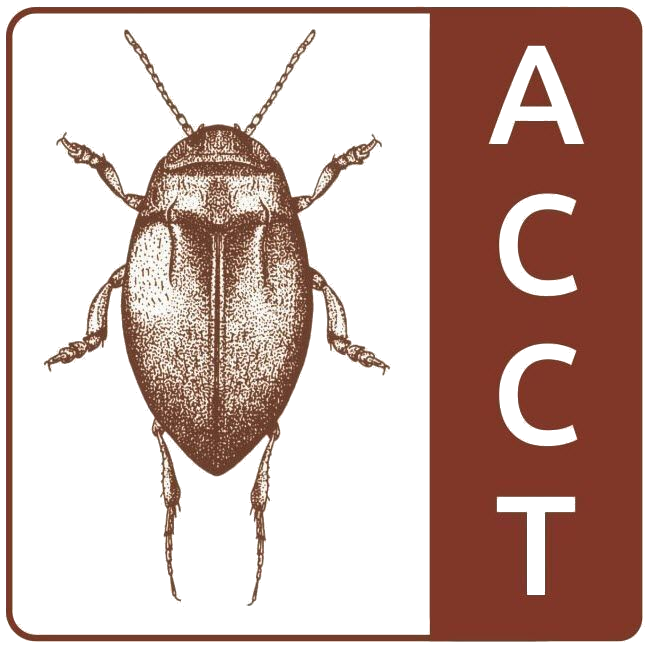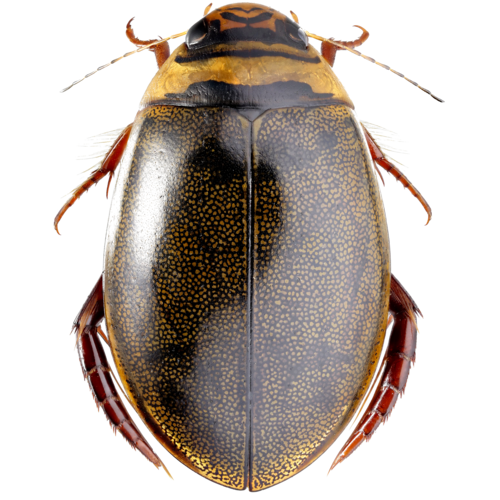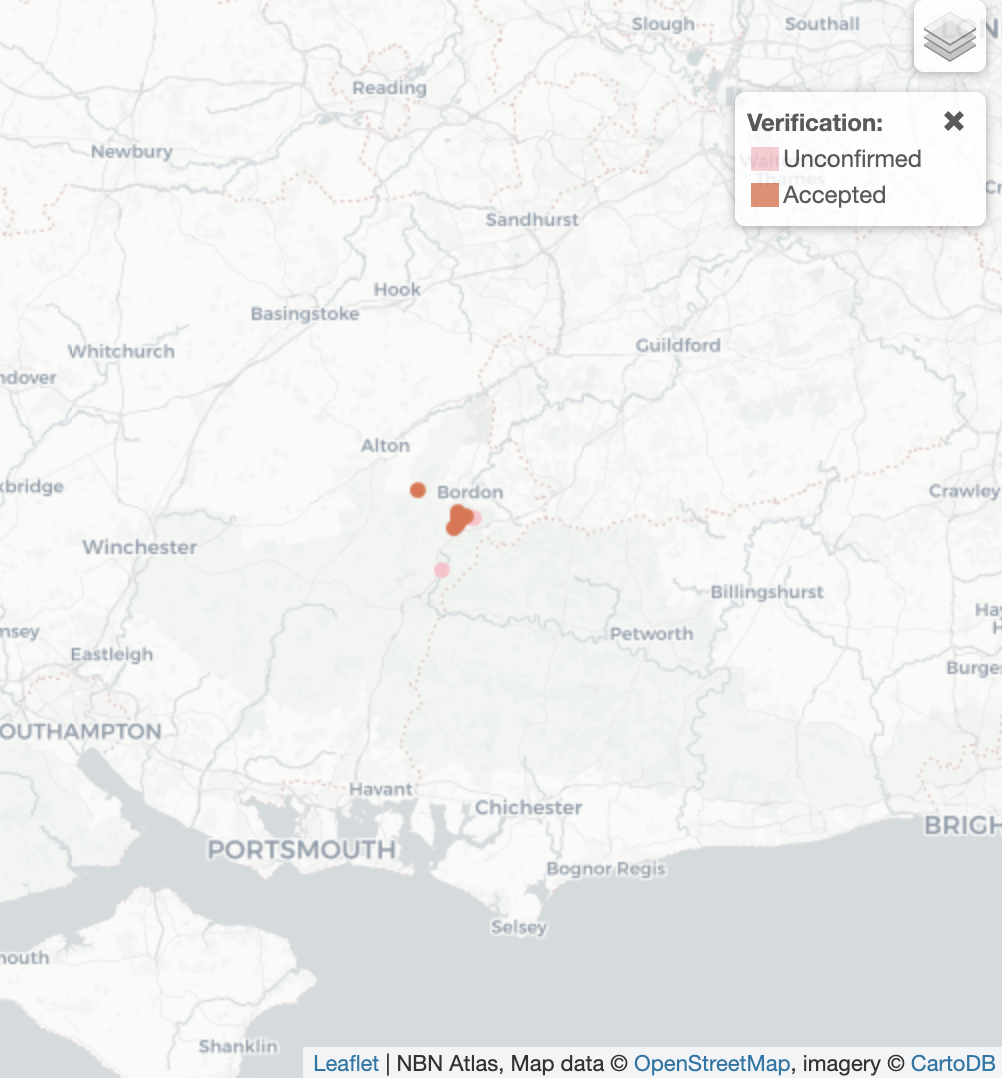Graphoderus zonatus
(Hoppe, 1795)
Spangled Diving Beetle

Aquatic Coleoptera
Conservation Trust
OVERVIEW

Graphoderus zonatus is one of Britain's most spectacular and critically endangered diving beetles, renowned for its distinctive spangled appearance that gives it its common name. Now confined to a single pond in Woolmer Forest, Hampshire, this large predatory beetle represents one of the most dramatic examples of species decline in UK freshwater systems.
CONSERVATION STATUS
Key Threats:
- Habitat loss and pond destruction
- Water pollution and eutrophication
- Introduction of fish to ponds
- Climate change and drought
- Extreme vulnerability due to single site
Population Trend:
DISTRIBUTION

Current Range: Now limited to a single lowland pond in Woolmer Forest, Hampshire. Historically recorded from multiple sites across southern England but suffered dramatic decline since the 1960s.
Habitat Distribution: Requires deep, clear, well-vegetated ponds without fish, with abundant submerged and emergent vegetation providing hunting grounds and breeding sites for this large predatory beetle.
ECOLOGY & HABITAT
Clear Ponds
Deep, clear water with excellent visibility for hunting
Rich Vegetation
Abundant submerged and emergent plant communities
Fish-Free
Absence of fish essential for larval survival and development
Life Cycle: Complete metamorphosis with large, aggressive larvae that require 2-3 years to complete development
Diet: Apex predator feeding on large invertebrates, tadpoles, and small fish when present
Fish Sensitivity: Both larvae and adults are extremely vulnerable to fish predation, requiring fish-free environments
CONSERVATION ACTIONS
Pond Protection
Maintain the Woolmer Forest pond in optimal condition
Habitat Creation
Create new fish-free ponds within dispersal range
Captive Breeding
Maintain captive breeding program for reintroduction
Population Monitoring
Intensive monitoring and annual population assessment